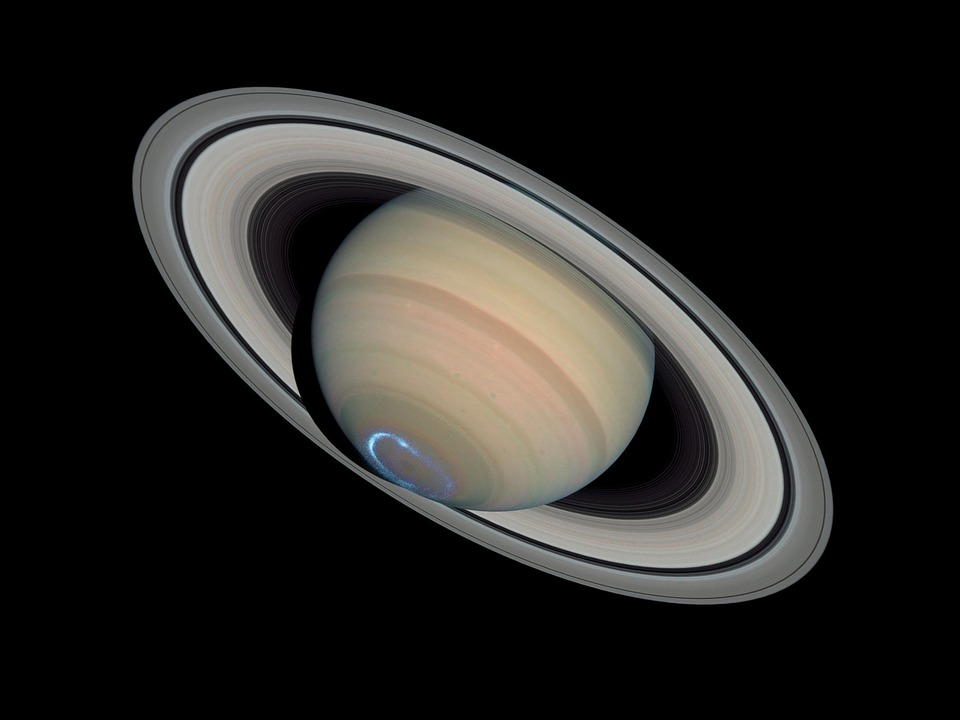Saturn’s Rings: 10 Facts You Never Knew About These Breathtaking Cosmic Curiosities
Saturn, the sixth planet from the Sun, is renowned for its stunning ring system, a majestic spectacle that has captivated astronomers and space enthusiasts alike. But beneath the surface of these gleaming haloes lies a complex and mysterious world, full of intriguing secrets waiting to be uncovered. In this article, we’ll delve into the fascinating facts about Saturn’s rings, exploring their composition, size, and behavior, as well as the ongoing research that seeks to understand these cosmic wonders.
Fact #1: Saturn’s Rings Are Made of Ice and Rock
Contrary to popular myth, Saturn’s rings are not solid but rather a collection of countless tiny, icy particles and rock fragments, ranging in size from a grain of sand to a house. This material is thought to originate from moons and other objects that orbit within the Saturnian system, which are slowly broken down by meteoroid impacts and collisions.
[Image: A NASA illustration of the Cassini spacecraft approaching Saturn’s rings]
Fact #2: The Rings Are Impossibly Thin
Despite their apparent breadth, Saturn’s rings are astonishingly thin – measuring only about 30 feet (10 meters) thick in some areas. This means that they could be easily traversed by a spacecraft if it were to pass through them, although the harsh conditions would make it a daunting task.
Fact #3: The Rings Are Constantly Changing
Saturn’s rings are not static, but rather dynamic, with particles constantly being ejected, colliding, and crashing into each other. This ongoing dance of celestial mechanics has given rise to the striking patterns and gaps we see in the rings today.
[Image: A NASA image of Saturn’s A-ring, showcasing its intricate, lacy structure]
Fact #4: The Rings Have Many Gaps and Divisions
Saturn’s rings feature numerous gaps and divisions, some of which are remarkably sharp and well-defined. These gaps are thought to be caused by the gravitational influence of Saturn’s numerous moons, which perturb the orbits of ring particles and create these distinctive features.
Fact #5: The Rings Are Pristine and Uncontaminated
One of the most astonishing facts about Saturn’s rings is their astonishing purity. Composed almost entirely of water ice and rock particles, the rings are remarkably free of contaminants, such as asteroids or cometary debris, which might otherwise perturb their delicate balance.
Fact #6: The Rings Are Trapped in a State of Cosmic Balance
Saturn’s rings exist in a precarious equilibrium, with the gravitational forces of the planet balancing the centrifugal forces of the particles’ motion. This delicate balance allows the rings to maintain their shape and size over millions of years.
Fact #7: The Rings Are Still Shrouded in Mystery
Despite decades of study, much about Saturn’s rings remains unknown. For instance, scientists are still unsure of the exact composition of the ring particles, and the mechanisms behind their incredible longevity and stability are still a subject of ongoing research.
Fact #8: The Rings Are Home to Small, Icy Moons
Saturn’s rings are not just a static expanse of ice and rock; they’re also home to numerous small, icy moons that orbit within the ring system. These tiny worlds, such as Pan and Daphnis, play a crucial role in shaping the rings’ structure and evolution.
[Image: A NASA image of Saturn’s moon Pan, which orbits within the ring system]
Fact #9: The Rings Are a Cosmic Treasure Trove
Saturn’s rings offer a unique window into the early history of the solar system, providing insights into the formation and evolution of our cosmic neighborhood. By studying the rings, scientists can gain valuable information about the conditions that existed during the early days of the solar system.
Fact #10: The Rings Are a Continuing Source of Wonder
As new data and discoveries emerge, Saturn’s rings continue to captivate scientists and the public alike. From their sheer scale and beauty to their intricate complexities and mysteries, the rings of Saturn are a constant reminder of the awe-inspiring wonder that lies at the heart of our cosmos.
FAQs
Q: How were Saturn’s rings formed?
A: The exact origin of Saturn’s rings is still unknown, but scientists believe they may have been formed from the remains of a moon or other object that was destroyed by Saturn’s gravitational forces.
Q: What is the largest moon orbiting within Saturn’s rings?
A: The largest moon orbiting within Saturn’s rings is Pan, which has a diameter of approximately 53 miles (85 kilometers).
Q: Are Saturn’s rings unique to our solar system?
A: No, other planets, including Jupiter and Uranus, have ring systems as well. However, Saturn’s rings are by far the most extensive and complex in our solar system.
Q: Can I see Saturn’s rings from Earth?
A: Yes, Saturn’s rings are visible from Earth with a telescope or binoculars. They appear as a bright, curved disk around the planet.
Q: What is the future of Saturn’s rings?
A: As Saturn’s rings continue to evolve and change, scientists anticipate that they will eventually dissipate over millions of years, due to the relentless bombardment of meteoroids and cometary debris.
[Image: A NASA illustration of the Cassini spacecraft leaving Saturn’s orbit, with the rings glowing in the background]
Saturn’s rings remain one of the most breathtaking and fascinating phenomena in our solar system, offering a window into the early history of the cosmos and continuing to inspire scientific inquiry and wonder.



